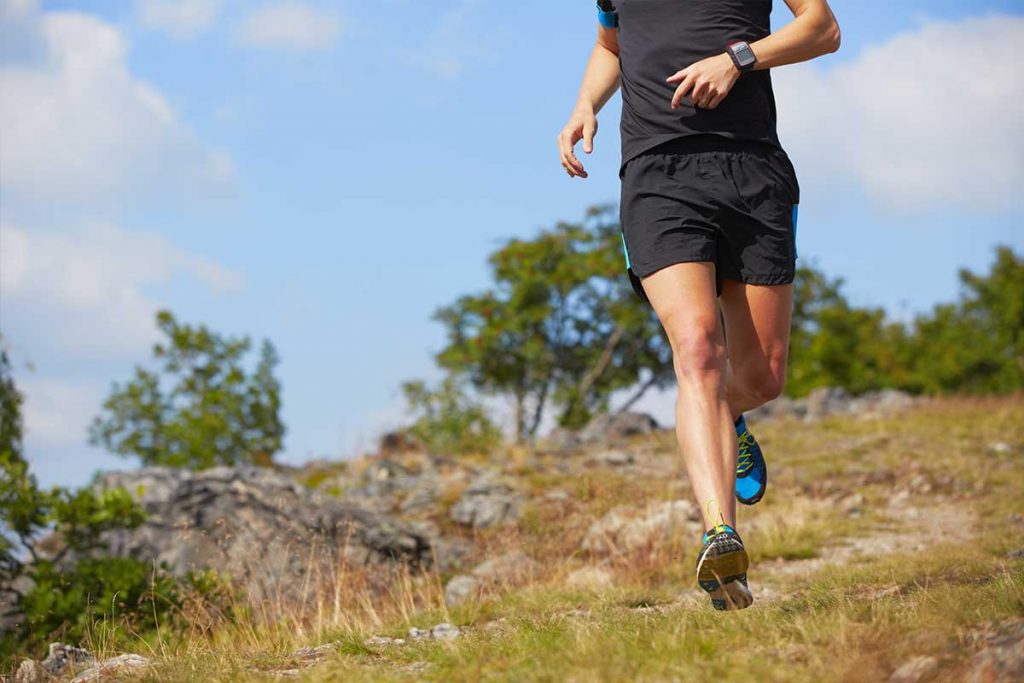I have always loved moving fast! Since being a little kid at primary school, all I’ve ever wanted to do was run fast, bowl a cricket ball fast and watch fast cars. But speed itself didn’t just come as I developed and grew older. It came from being around parents, coaches and other athletes that shared a like-minded love for all things revolving around the newest and most proven ways of how to get as fast and strong as possible.
So In this brief post, I will share 5 pearls that I learnt growing up and still implement now as a sports podiatrist with some of my clients in the clinic. Although basic, these tips will hopefully help you (or even your kids or clients) in improving your running speed.
1. Visualise your feet as individual springboards as you see at the diving pool. The end of the springboard like your toes should point forward as it hovers in the air when no pressure is going through it. The springboard should stay in this position until you push or jump into it which drives the springboard down making it point towards the pool, then consequently when as you jump off or back up with your legs before a second jump that springboard always comes back up quickly to its original position. Apply this with your feet and get those toes pointing forward in the swing phase and keep it that way as your feet land (contrary to the thought of pointing your toes down). This will reduce your contact time on the ground as well as allow for better propulsion forward. Note; it takes either a bit of practice or coaching to do this cue well whilst being able to land on your forefoot. But once it’s done well it is the tip that pays the biggest dividends in the future.
2. Long legs… Shorter strides. My issue growing up was having long twig-like legs. So to combat that, I looked at making sure that my feet landed close to underneath my body and never lagged too far behind it. In saying that, with these assets (if you have them) make sure you put them to good use by extending your legs out as you run. However, the concept of bringing that foot back as quickly as possible to underneath your body when in the air doesn’t change.
3. Learn how to use your arms! Your arms are like the point on a compass guiding your balance. If they are moving across your body, keeping low or flailing above your ears, then there’s a fair chance the rest of your body is doing something a little out of sync also. So to test this, you can do a couple of things. Firstly, try sitting on the ground and moving your arms as fast as you can whilst keeping still. You’ll find the easiest way to keep the rest of your body balanced is by moving them up and back in a straight line. Secondly, when running, see if you can hold a stick in each hand and keep that stick pointing forward as you run. This will guide your elbows and shoulders to keep streamlined and in alignment.
4. Sort out your feet – Flimsy feet and ankles are a person’s worst nightmare when it comes to moving fast. Simply because the springboard effect becomes very hard, as well as the feet become an unstable platform to develop power from for the rest of your body’s muscles – including hamstrings, backside and calves. So by running in the right shoes, with the right technique and balance, it becomes much easier to generate faster running speeds.
5. Prime the muscle! Before any running or power event, it’s important that the movement that is about to be performed has been mimicked through a warm-up. Your nervous system won’t just magically activate at 100% of its potential when you want to do an activity such as sprinting. So making sure you perform a series of drills or similar movements to replicate the action or activity that you’re going to do. It’s important to get the most out of the effort by priming the key muscles beforehand.
